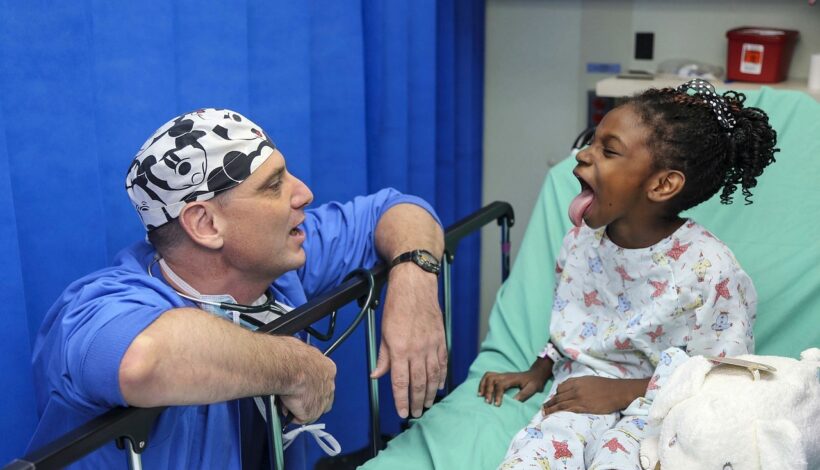The Roy Adaptation Model was known to focus on spiritual matters and promoting health amongst a family-centered type of care. In the Neonatal Intensive Care Unit (NICU), this especially holds true, because of the situation of critical illness faced daily, The Roy Adaptation Model helps families adapt to a changing environment and deal with the quality of life or in some instances death. In the NICU, Roy’s model would work well as the nurses acclimate to the parents and what is happening to their baby. With Roy’s model, she indicates that health and illness are part of a person’s everyday life, this, in turn, will cause the environment to change in which they live. If the parents are to respond in a positive way and come out of it stronger, they will need to adapt to the change (DeNisco & Barker, 2012).
People will often adapt to a change in their life when they can respond positively to the changes that are happening around them. An example would be the early premature birth of a baby, unexpected changes in the life of a mother and those immediately around her in the family are affected. This will include other children, spouse and anyone else part of the family’s nuclear family, which in some cultures can be a very extensive family. That mother and father will use whatever coping mechanisms they learned in life to cope with the stress and the changes that they are facing.
There are three kinds of stimuli considered in Roy’s Adaptation Model, these will all affect the subgroup of premature parents in the NICU, because of the type of unit it is, a unit of uncertainty running high with emotions that go up and down. In a different culture, the role of the nurse will differ. For example, think about a mother that speaks a different language and is unable to get clear communication to and from the nurse. A translator would have to be used to explain what was happening to her as a mother and then what is happening to her baby in the NICU. For example in one article, there was a baby born early, with a mother that did not speak the language and the family did not fully understand what was happening in the NICU. The family asked for their “Curandero” a community healer in their culture to clean the baby with an egg (Peterson-Iyer, 2008). The nurse needs to be able to use cultural sensitivity in explaining why this cannot be done, without offending the family but still including them in the baby’s care.
Jean Watson’s theory on caring can also be applied to the NICU because it is nurturing and will be needed in a critical location like the NICU. Jean Watson’s theory of human caring focuses on giving as an extension of self. It is about instilling faith and hope in a person. When a person is sensitive to another person’s feelings, it helps to build a trusting relationship. It is important to acknowledge the positive and negative feelings that a person puts out to another person. Jean Watson believes in her theory that we experience personal growth through teaching and learning as well as spiritual and socio-cultural well-being. Jean Watson’s theory emphasizes spiritual and nursing practice, which in turn will promote caring and love to the patient. This will then develop into a caring relationship. The theory allows the nurse to understand the other person’s perspectives on things and form a mutual bond. It also promotes growth when a caring environment is formed allowing the patient to be who they are and be accepted for it (Alligood, 2013).
The role of the nurse in Jean Watson’s theory is to instill faith and hope as well as build a trusting relationship. In the article about the Mexican Indian family, Jean Watson’s theory would apply. The mother in this instance speaks a different language that may be unique to the translation company that the NICU uses causing a barrier. The mother, as in the article may be young and not have received prenatal care. Their faith is going to be different from our own, as when the father of the child, wanted to use a “Curandero”, but as nurses, we must be able to provide culturally competent care.
References
Alligood, M. (2013). Adaptation model. In Nursing theorists and their work (8th ed., pp. 303-327). [Vital Source Bookshelf]. Retrieved from https://campus.capella.edu/web/library/home
DeNisco, S. M., & Barker, A. M. (2012). Theory-based advanced nursing practice. In Advanced practice nursing: Evolving roles for the transformation of the profession (2nd ed., pp. 361-377). [Vital Source Bookshelf]. Retrieved from https://campus.capella.edu/web/library/home
Peterson-Iyer, K. (2008). A difficult birth: Language and cultural differences. Retrieved from http://www.scu.edu/ethics/practicing/focusareas/medical/culturally-competent-care/difficult-birth.html



